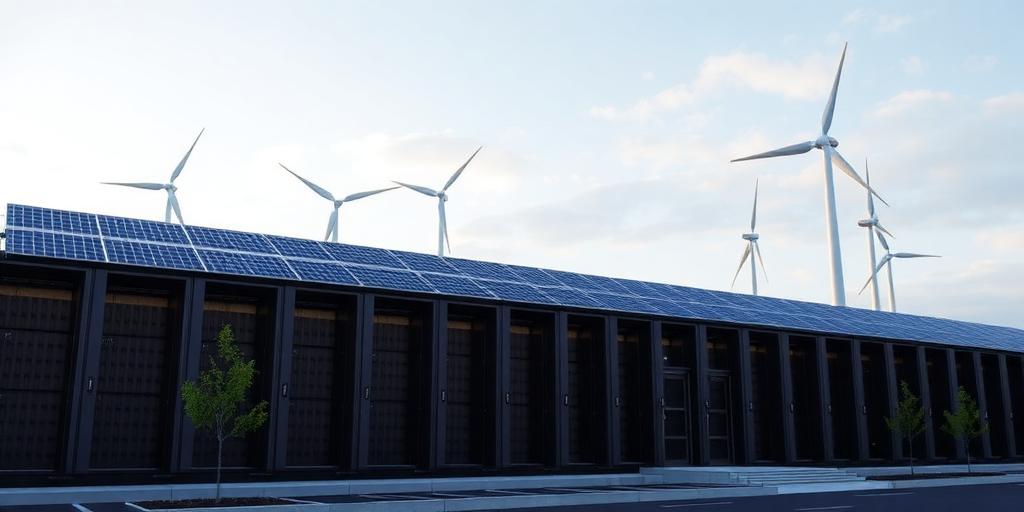Sustainable Data Centers: Reducing Tech’s Carbon Footprint (2025)
Data centers, the backbone of the digital age, are energy-intensive facilities that contribute significantly to global carbon emissions. As data demand continues to surge, the need for sustainable data center practices becomes increasingly critical. This article explores the challenges, innovations, and future trends in creating environmentally responsible data centers.
The Environmental Impact of Data Centers
Data centers consume vast amounts of electricity to power servers, storage devices, and cooling systems. The energy consumption leads to substantial carbon emissions, exacerbating climate change. Additionally, the water usage for cooling purposes can strain local water resources. The e-waste generated from outdated hardware further compounds the environmental burden.
Key Strategies for Sustainable Data Centers
- Energy Efficiency: Optimizing energy consumption is paramount. Strategies include using energy-efficient servers and storage devices, implementing smart cooling systems, and employing power management software.
- Renewable Energy Sources: Transitioning to renewable energy sources, such as solar and wind power, can significantly reduce carbon emissions. Data centers are increasingly investing in on-site renewable energy generation or purchasing renewable energy credits.
- Advanced Cooling Technologies: Innovative cooling technologies, such as liquid cooling and free cooling, offer more efficient alternatives to traditional air conditioning. These technologies can reduce energy consumption and water usage.
- Data Center Design and Location: Designing data centers with energy efficiency in mind is crucial. Considerations include optimizing airflow, using natural lighting, and selecting locations with favorable climates.
- Waste Heat Recovery: Capturing and reusing waste heat generated by data centers can provide a valuable source of energy for heating buildings or powering other industrial processes.
- Circular Economy Principles: Adopting circular economy principles can minimize e-waste. This involves extending the lifespan of hardware through refurbishment and reuse, as well as recycling materials responsibly.
Innovations and Future Trends
- AI-Powered Optimization: Artificial intelligence (AI) can optimize data center operations by predicting energy demand, adjusting cooling systems, and identifying inefficiencies.
- Edge Computing: Distributing data processing closer to the source reduces the need for centralized data centers, minimizing energy consumption and improving latency.
- Green Building Certifications: Pursuing green building certifications, such as LEED, demonstrates a commitment to sustainability and provides a framework for implementing best practices.
- Collaboration and Transparency: Collaboration among data center operators, technology providers, and policymakers is essential for driving industry-wide sustainability efforts. Transparency in reporting energy consumption and environmental impact fosters accountability.
Conclusion
Sustainable data centers are essential for mitigating the environmental impact of the digital age. By implementing energy-efficient practices, transitioning to renewable energy sources, and adopting innovative technologies, data centers can significantly reduce their carbon footprint and contribute to a more sustainable future. The transition to sustainable data centers requires a collaborative effort from industry stakeholders, policymakers, and consumers. As data demand continues to grow, prioritizing sustainability is not only environmentally responsible but also economically prudent.
